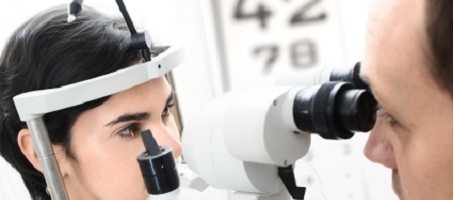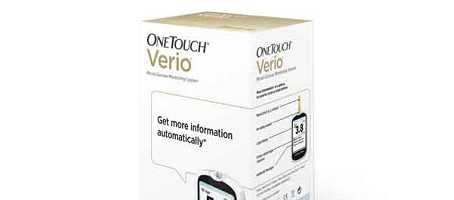Cases of diabetes-related neuropathy could soon be detected at an early stage, when it can be treated more easily and effectively, using new state-of-the-art optical technology.
Researchers from the National Taiwan University Hospital and National Chiao-Tung University say they have developed a wearable device that can test for autonomic neuropathy (nerve damage) in patients with diabetes.
Diabetic autonomic neuropathy is a common complication of both type 1 and type 2 diabetes. It progressively affects the nerves that control vital organs including the heart and gastrointestinal system, and can lead to serious health problems if left untreated.
Current screening methods often fail to pick up the condition in its early stages – before the onset of moderate nerve damage and organ dysfunction – as they rely on observing changes in digestive speed, blood pressure and heart rate over time.
But the development of a small, lightweight, wearable device called a pupillometer could improve early detection of the disease, leading to better treatment and health outcomes.
“Compared to the existing diagnostic techniques, the pupillometer is a more reliable, effective, portable and inexpensive solution,” said lead researcher Mang Ou-Yang of National Chiao-Tung University.
In a paper published today in The Optical Society (OSA)’s journal Applied Optics, Ou-Yang and colleagues explain that the prototype device, which mounts onto the front of a pair of glasses, monitors the patient’s pupils using a tiny camera to detect the earliest signs of diabetic autonomic neuropathy.
Designed to be worn for around half an hour during physician appointments the pupillometer works by emitting coloured lights to stimulate the pupil. An attached beam splitter then filters the visible light that is reflected from the eye to the device’s camera, which processes the images to analyse the pupil’s diameter and response time.
Clinical trials of the pupillometer are ongoing and future research by Ou-Yang and his team will investiage reducing the size of the device and expanding the device’s abilities to observe two pupils at the same time.
If current and future trials are successful, the pupillometer could become available by the end of the decade.
What's new on the forum? ⭐️
Get our free newsletters
Stay up to date with the latest news, research and breakthroughs.




